Carroll Avenue House of Art
A simple 1950s cottage in the historic district shines with the help of a light-filled addition and the spirit of two local artists, Carole and John McKellar.
- story and photos by Ellis Anderson
A step stone path in the backyard leads through lush vegetation to John’s studio, tucked behind the garage. Inside, his artwork takes up every inch of space in the rectangular room. Stand in the middle and you’ll get a 360 view of completed paintings, works-in-progress and random items, like the mannequin heads he painted before Mardi Gras last year so he and Carole could costume as two-headed beings from another planet.
Most of John’s artwork falls into one of two distinctly different camps. There are the stunning painting and pastels that have some collectors (and fellow artists) believing he’s one of the best landscape painters in the state. There are also the rollicking, ribald pieces that are rooted in folk art, but have strayed far from the fold. For instance, there’s the Little Known Blues Boys series, one of which features Albert Einstein. Another features Herman Melville. John points to a current project he’s working on for a pop-up show at the George Ohr Museum in 2017. It’s a white bench with the heads of five presidents sketched on it. “This is called Top 5 Executive Department Hair Dos. Let me tell you, that Van Buren? Why he had the wildest hair of all."
Inside John's studio
The great divide between the styles of John’s artwork mirrors his own career. He holds a degree in business and worked as a banker for thirty years. Yet he remained committed to visual art and to music. Now he’s retired, he’s able to devote more time to guitar and to painting.
Carole, a speech therapist who also recently retired, is pursuing more of her artistic goals as well, with jewelry design, knitting and her literary interests. A voracious reader, for the past two years, she’s written about her passion each month as the Shoofly’s book columnist (her Bay Reads column this month lists her favorite books from 2016, you'll want to check it out). But she’s no anemic bookworm. Early risers in the Bay are familiar with the sight of John and Carole walking briskly around town for a two-mile beginning to the day. Carole’s a devoted practitioner of yoga and an avid gardner as well. Her love for being outdoors was instilled as a child growing up in McComb, Mississippi. “It was a small town and as a kid, I knew everyone in the neighborhood,” Carole says. “We ran wild. I left the house early in the morning and came home when my mother would call me at night.” She attended college first at “the W” [Mississippi University for Women] and then Ole Miss, where she earned a Master’s degree in Communicative Disorders, or speech pathology. She then moved to Memphis, where mutual friends introduced her to a young Navy veteran from Clarksdale, one with an active - and finely honed - sense of humor. They married in 1977 and purchased a historic house in their mid-town neighborhood. They also acquired a boat and become enthusiastic sailors.
The McKellars been married for three years when they trailered the boat down to the Mississippi coast for a Labor Day getaway. They had such a grand time, they determined that if even one of them could get a job on the coast, they’d move.
It didn’t take long before Carole got an offer. The couple settled in Gulfport first. As they got to know the coast better, they gravitated to Pass Christian, where, in the late 90s, they bought a historic cottage. The house had been built in the late 1800s as a double shotgun. On the positive side, the cottage was close to the beach, on Seal Avenue. On the negative side, it needed a complete renovation. Carole and John tackled the challenge, in the process, opening up the walls to convert it from a double to a single. Then, like thousands of other historic homes on the Gulf Coast - buildings that had survived every savage storm the gulf could hurl ashore in a century - the MckKellar’s home on Seal was demolished in Katrina. In the aftermath, they moved into a rental house they owned in Long Beach and contemplated leaving the coast altogether. Local contractor Jerre Martin, a good friend, believed they were depressed and advised them to move to Bay St. Louis. “We do whatever Jerre tells us to do,” John says, smiling. But the main pull for the couple was the Bay’s reputation as an active arts community. Friends and fellow artists like Vicki Niolet and Kat Fitzpatrick cheered the idea of the McKellars “crossing the bridge.”
So in 2007, the couple began searching for a house in the Bay’s historic district, where they could walk to the water, the Mockingbird Café and local restaurants. They were set on a historic home, yet, when a simple 1950s cottage on Carroll came up for sale, Jerre persuaded them to take a look. It had sustained comparatively minor damage during Katrina and had just been renovated.
“Carole had just had open heart surgery, so we didn’t have the energy to renovate,” John says. “This house was all set up and didn’t need anything. And it was in the exact location we wanted. The fact that it was so close to friends helped persuade us too.” However, the house was smaller than the McKellars would have liked. Although the living/dining/kitchen area was open, the house felt crowded when they entertained more than a few guests. They built the garage/studio immediately, and then a screened-in porch, but it did little to offset their main space issues. The couple began shopping for lots, contemplating building a new house that would better suit their needs.
One night, friend Robin Riley was the McKellar's dinner guest. After listening to the couple talk about their quandry, the Pass Christian architect pointed out that their house had a large side yard, giving them plenty of room for an big addition.
“I told him that we didn’t like the low ceilings in the house,” says Carole. “Robin said that if the addition had a vaulted ceiling, nobody would notice the lower ones in the original part of the house. He drew up a sketch and said 'What about this?'” The McKellars loved Riley’s concept of a window-filled living room with a high ceiling and exposed trusses, anchored by a fireplace and bookshelves at the far end. The couple hired friend and craftsman Don Scott to build the addition.
The addition more than doubled their living space. Scott also built more bookcases and cabinets in the original foyer and dining area.
“I’ve always loved books,” Carole says. “I had been collecting signed first editions for over ten years before the storm. Now I’m collecting them again – although I haven’t accumulated quite as many.” In fact, after the addition was complete, the McKellars still didn't own enough books to fill the shelves. So John devised books-as-art as a temporary filling measure. He found cheap used books at the library and grouped those of similar heights and painted their spines. The zany pieces are now permanent and treasured art objects.
The couple also came up with a novel option for a room divider. While they enjoyed the new expanded dining room area, they wanted more privacy, so the table couldn’t be seen from the street.
At first they considered using a piece of furniture as a partition. But they came up with a more creative option. John painted two large canvases and suspended them back-to-back from the ceiling. The open feeling of the living area remains intact, while the divider creates a true foyer. The canvas on the dining room side is a lush, golden Gulf Coast sunset, which actually seems to emmanate a warm, relaxing light of its own. The painting that faces the street has a more striking personality. A blocky, vaguely industrial-looking building dominates an empty rural landscape. It's umber and bright red and purple, set against a cobalt sky.
A table just underneath the painting serves as a pedestal for two intricately woven baskets and one of John's mixed media pieces. John's piece sits in the center, as if making a statement about the general outlook of the household. It's a chicken, wearing wingtipped shoes.
So as soon as the door opens to any guest, they understand they're walking into a different sort of territory - one where ideas and beauty and a playful approach to life are both interwoven - and welcome. Comments are closed.
|
Categories
All
Archives
July 2024
|
Shoofly Magazine Partners
Our Shoofly Partners are local businesses and organizations who share our mission to enrich community life in Bay St. Louis, Waveland, Diamondhead and Pass Christian. These are limited in number to maximize visibility. Email us now to become a Shoofly Partner!

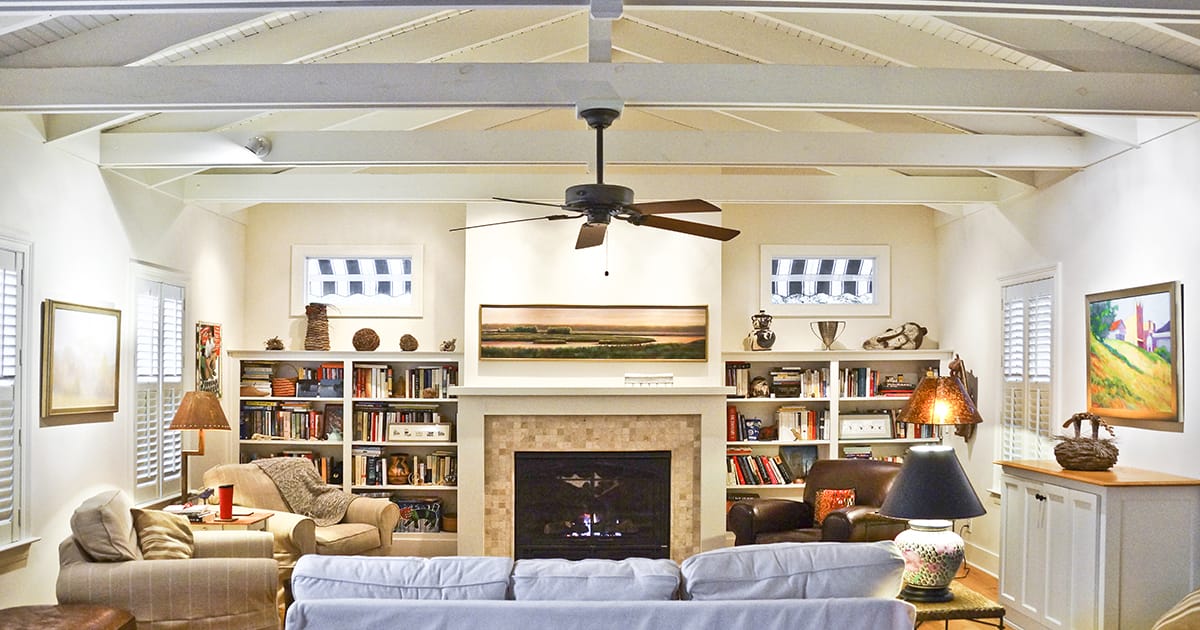
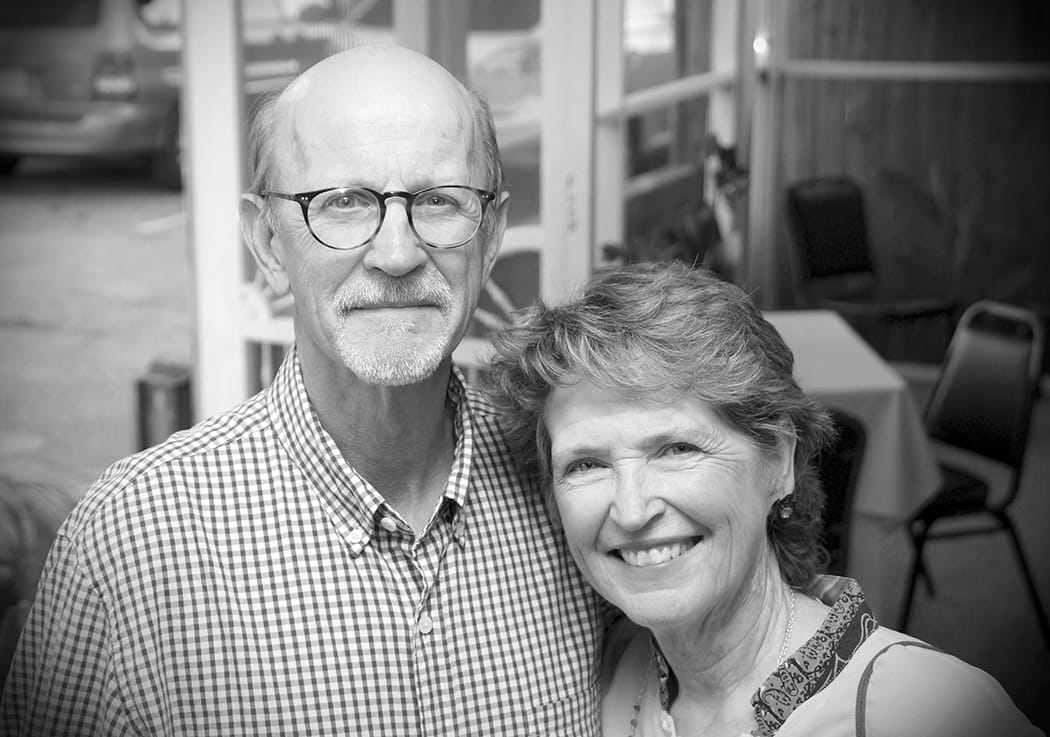

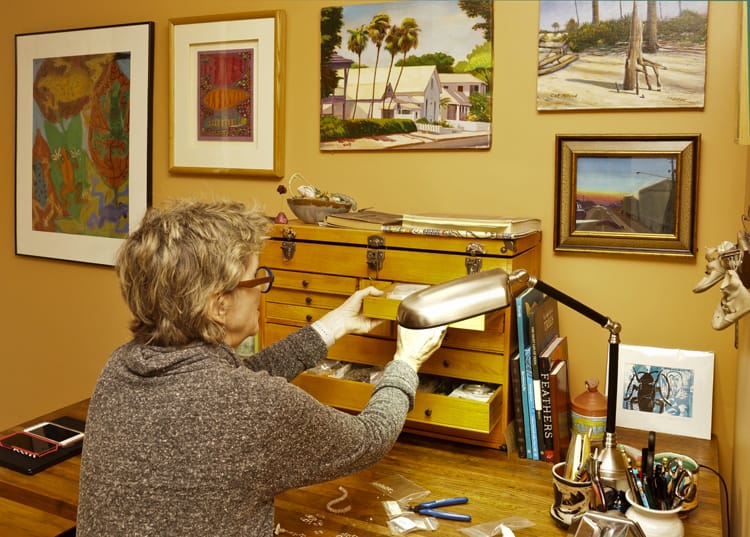
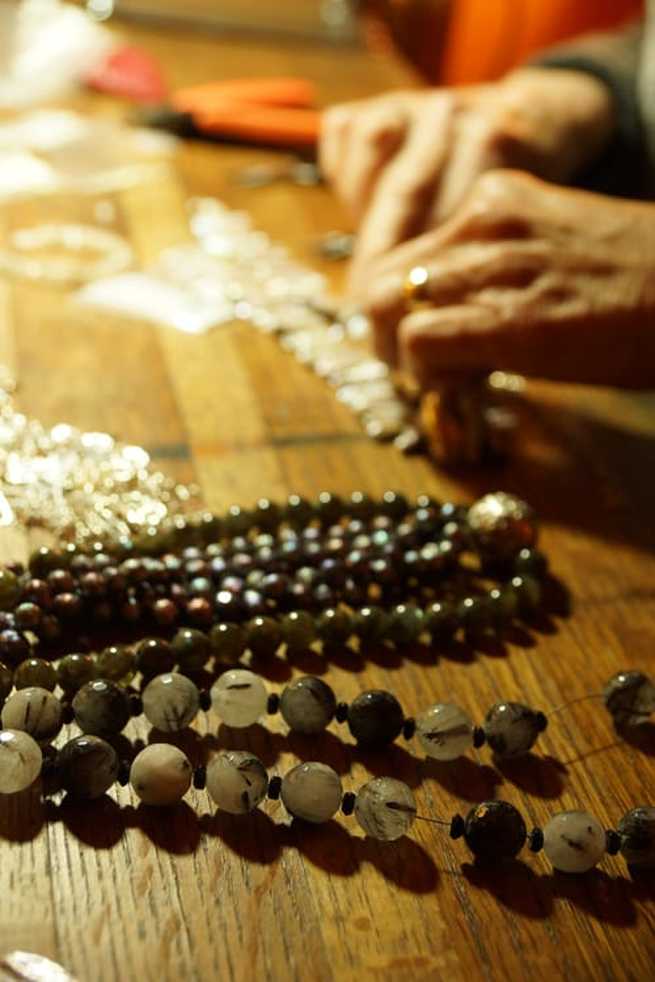
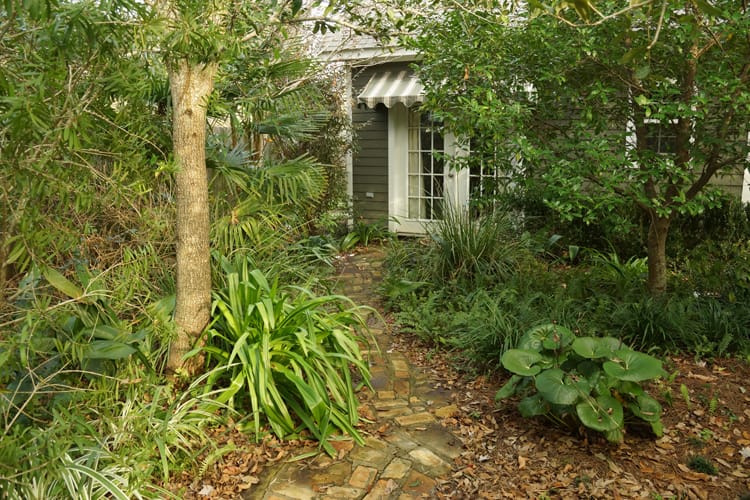
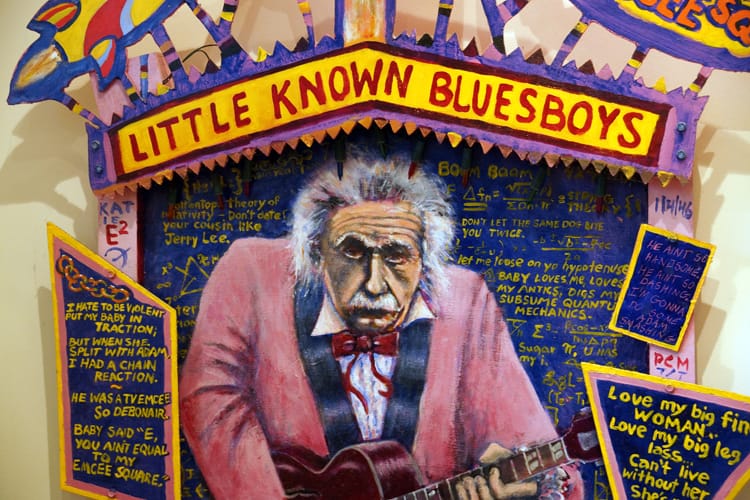
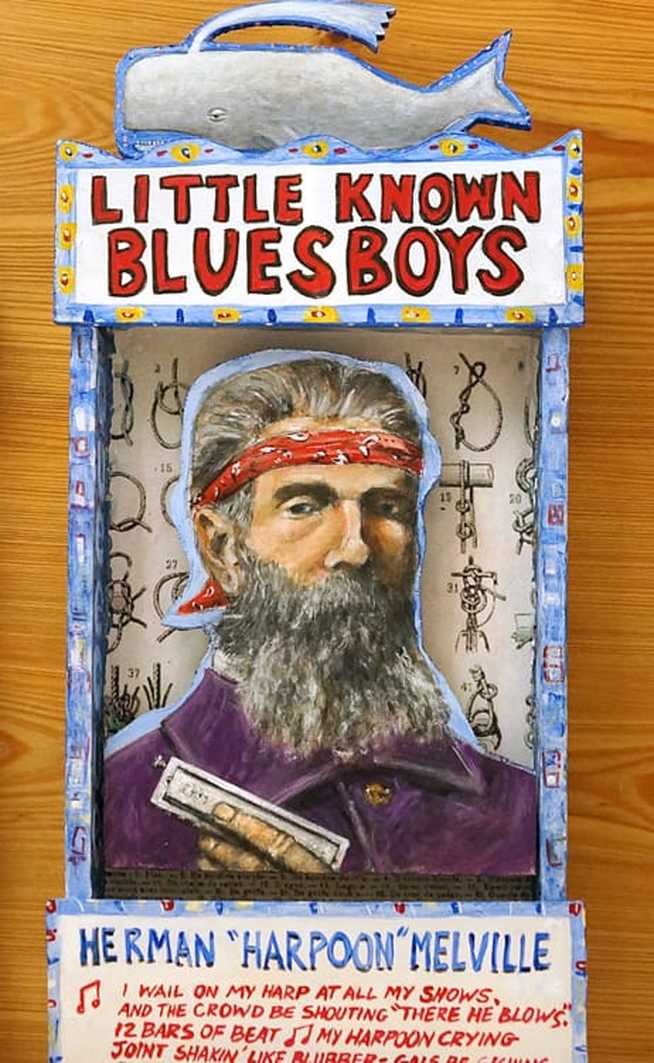
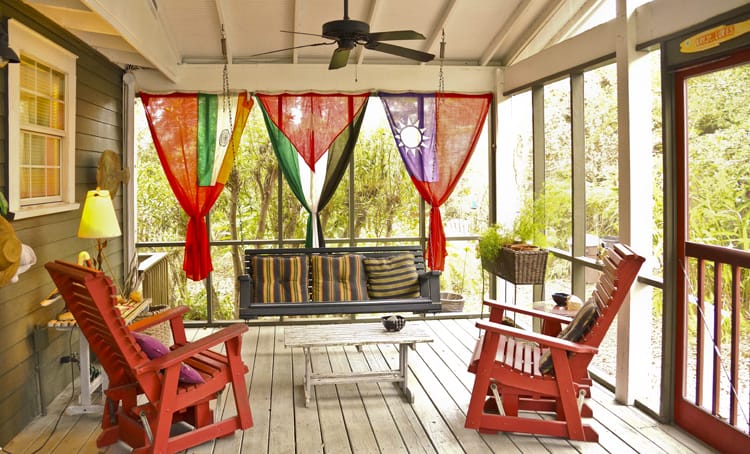


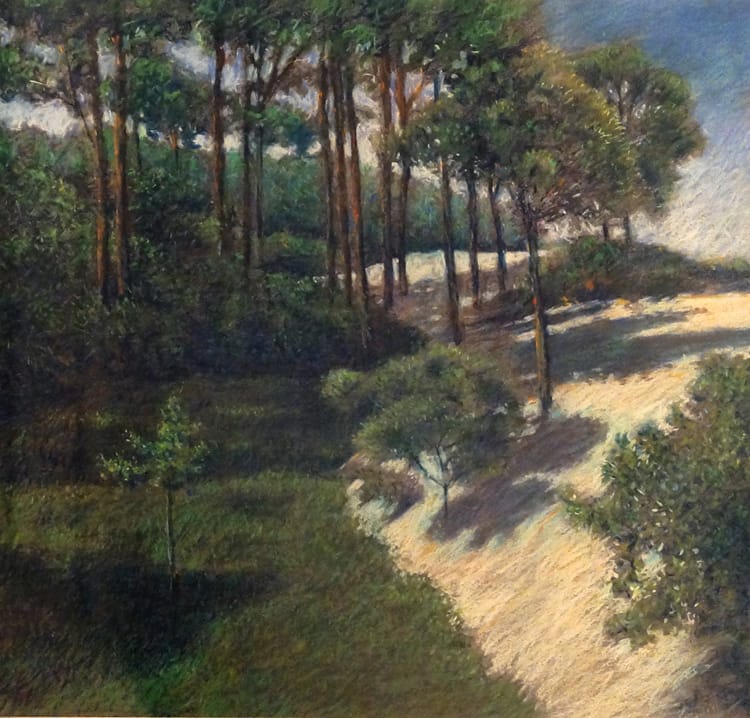
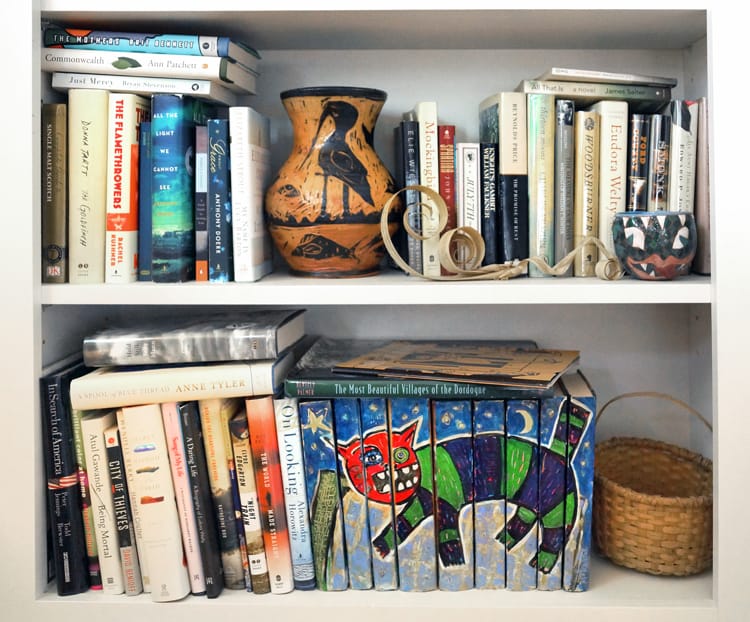
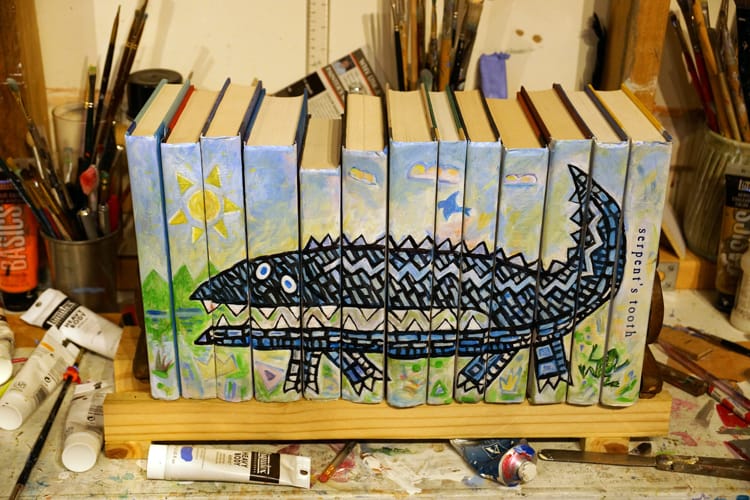
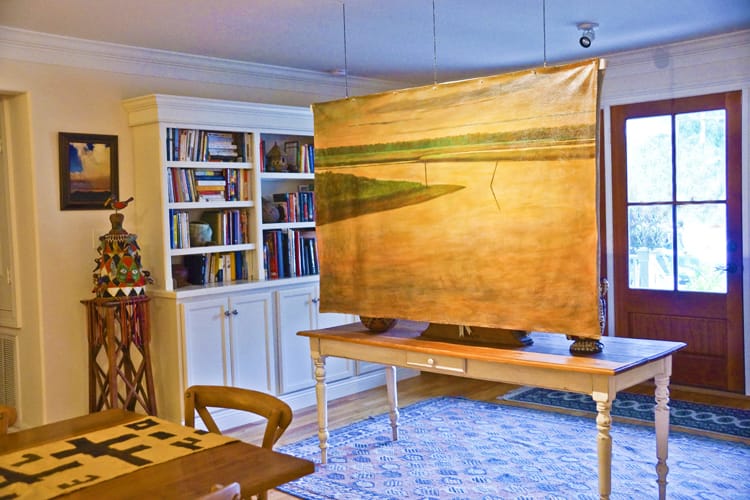
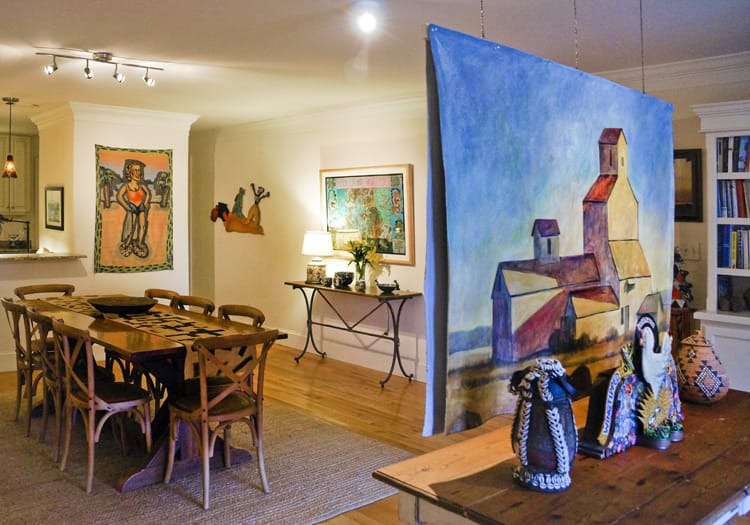
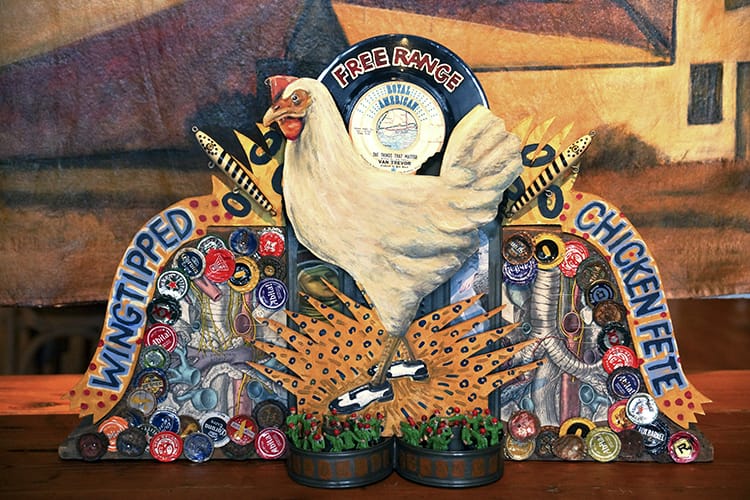
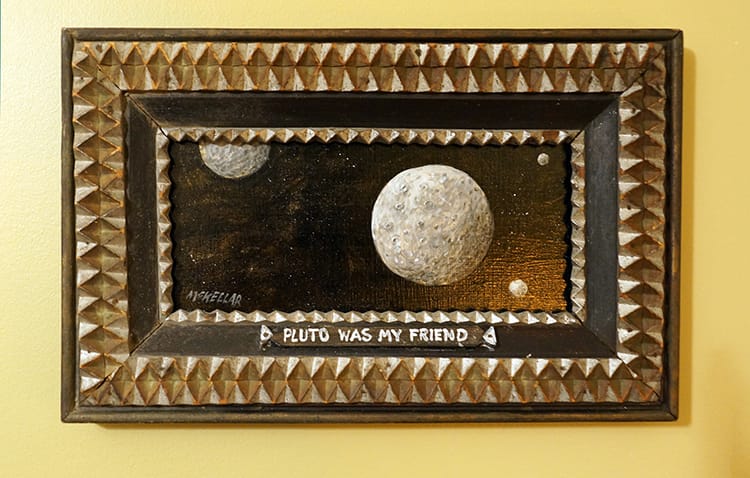
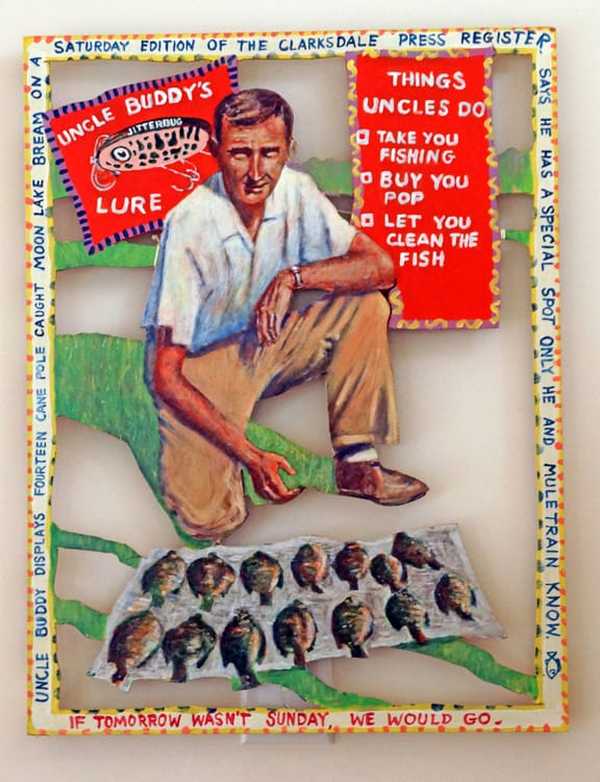

























 RSS Feed
RSS Feed























